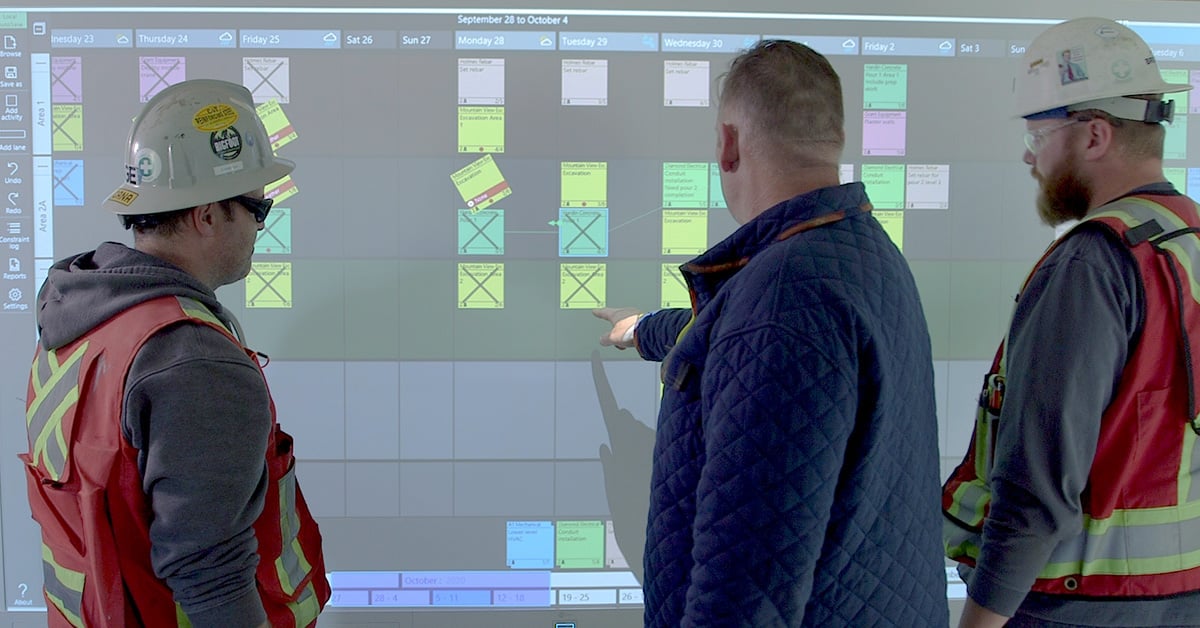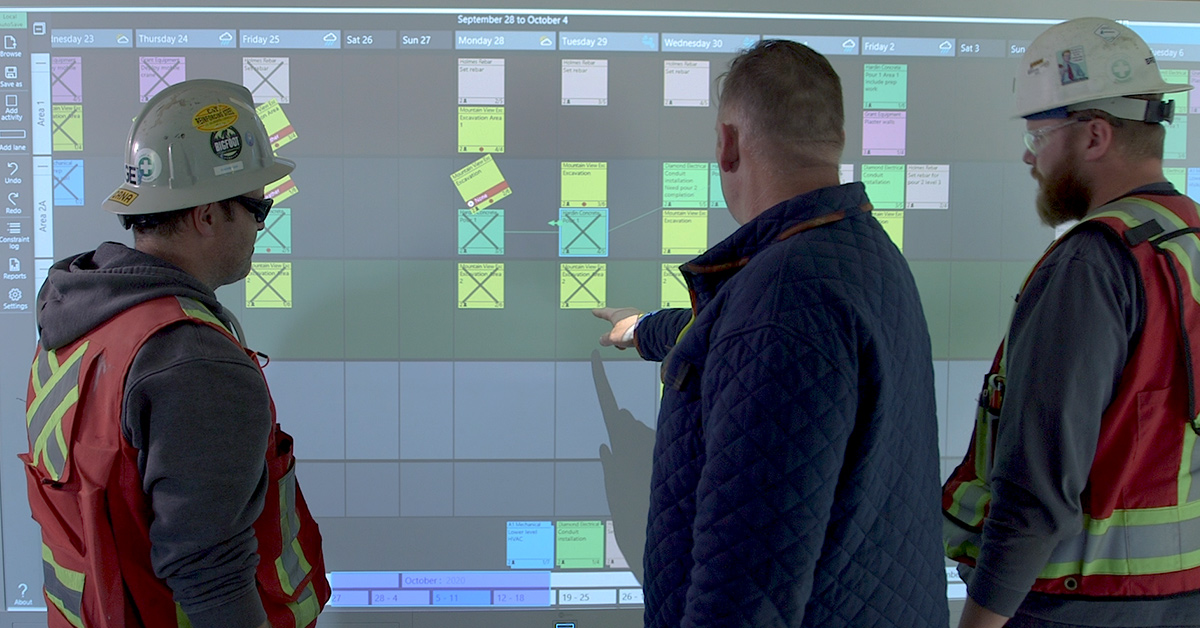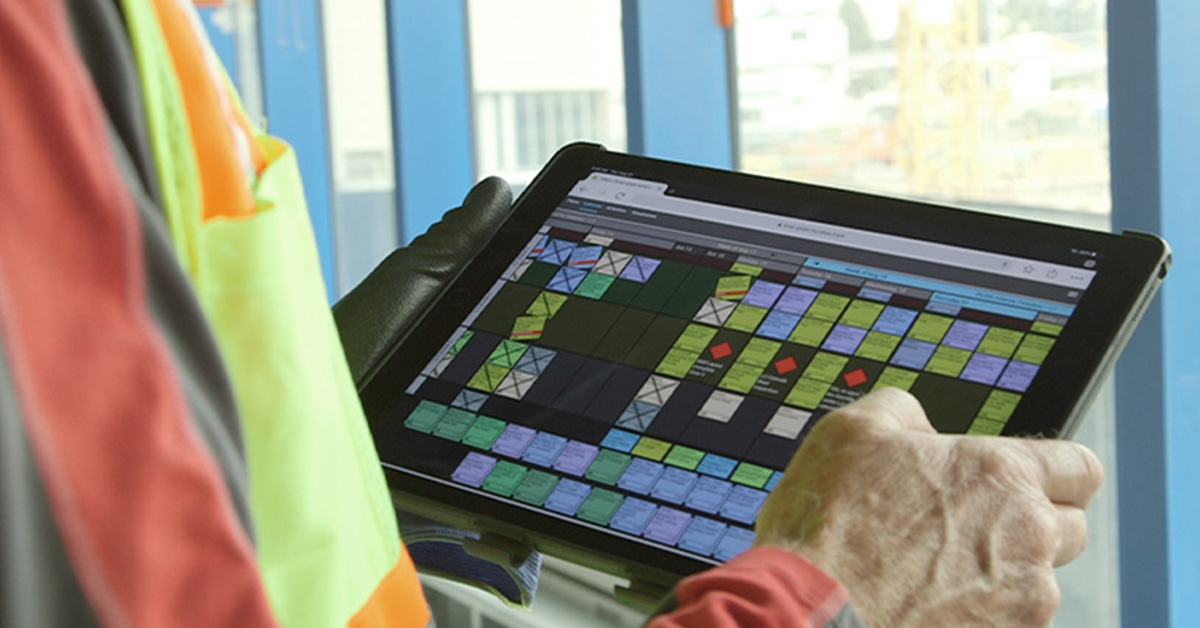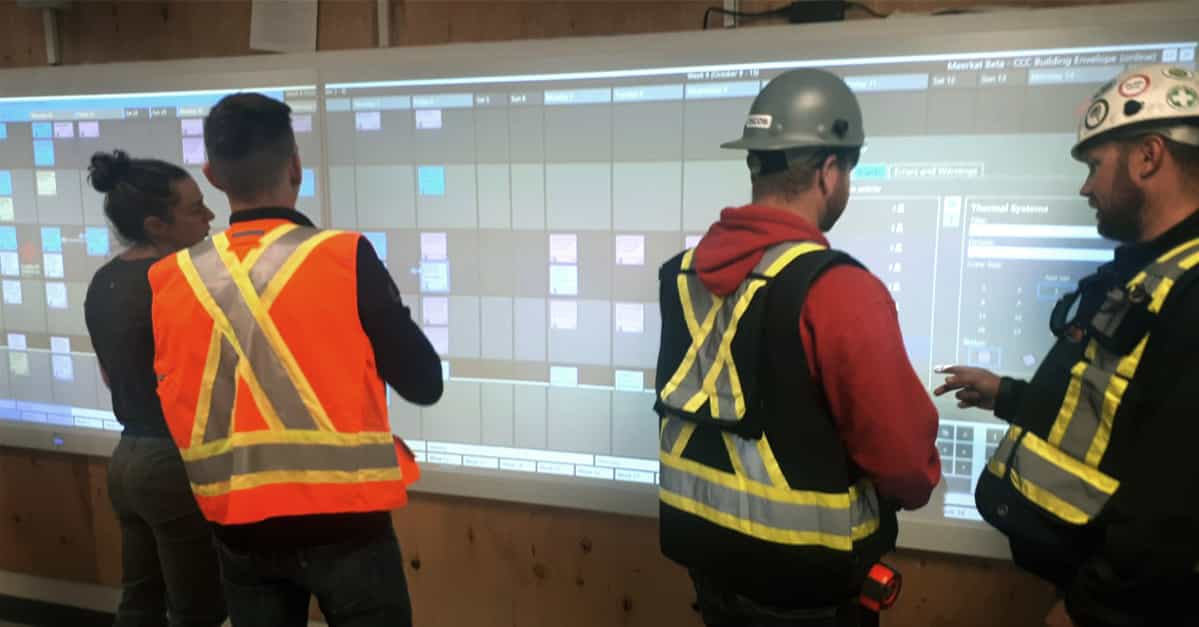The top 20 voices in construction you should follow on LinkedIn
The construction industry is constantly evolving, and forward-thinking industry leaders and experts are sharing insights into new and emerging...
2 min read
 Alan Boykiw
:
Jan 25, 2024 6:00:00 AM
Alan Boykiw
:
Jan 25, 2024 6:00:00 AM

When timelines are tight and staying on budget is crucial, the planning method you choose has a significant impact on construction project outcomes. That’s where pull planning comes in. It’s a popular approach for lean practitioners because it puts the emphasis on communication — keeping people talking and their projects on track. Here’s why it might just be the answer for your teams.
When lean construction practitioners talk about their methods, pull planning comes up a lot — often in contrast to the more common Critical Path Method or Gantt chart (sometimes described as forward or push planning). What sets pull planning apart is that it starts with the end goal. Then you work backward from that milestone to establish a start date that will allow you to meet your target.
While the benefits of pull planning are clear, it has a reputation for being hard to get right in practice. The main reason is it relies heavily on human behavior and social interaction — factors that are notoriously complex to manage in a fast-paced construction environment.
Pull plans start with defined milestones — then you need to come up with a series of steps to reach them. For this to work, communication is essential. Your teams will need to have the right conversations to overcome obstacles and figure out the best path for completion.
When done right, the steps that make up a pull plan become a network of promises and commitment. Trust is built when the work gets completed, and conversations about improvement are had when the plan goes sideways. This forward-looking attitude creates a healthy environment where the focus is on problem-solving, not finger-pointing.
Promises, commitment, trust and morale. These pull planning benefits are often overlooked when only efficiency or performance measures are used to quantify lean initiatives.
Simon Sinek, a well-known speaker and author, explains that while outcomes measured with financial or time-based metrics may seem to indicate project success, others measured with the less quantifiable metrics of momentum, trust and morale may, in fact, surprisingly indicate the opposite. This can leave lean practitioners feeling confused: “Our PPC (Percent Plan Complete) numbers are perfect. So why do so many trades not want to work for us?”
Project manager architect Maria Alejandra Diaz takes this further in a 2022 case study on the Last Planner® System (LPS) where she observes: “LPS is not just a sequence of steps to optimize the workflow, it is an organizational transformation process.” This will be familiar to those involved in sports or business teams. Time and again, a culture that is grounded in trust, transparency, honesty and communication results in high-performing teams with a constant desire to improve.
So how does pull planning make it better for everyone?
And who doesn’t want to be on a high-performing team that gets things done?
Discover the digital pull planning tool that keeps conversations going and projects on track. When you use Nialli™ Visual Planner, you get the best of both analog and digital, with innovative technology that leverages familiar processes.

The construction industry is constantly evolving, and forward-thinking industry leaders and experts are sharing insights into new and emerging...
.png)
Planning sessions with site teams are crucial for setting the foundation of any project. Hosting your first digital planning session with Nialli™...

Having a plan everyone on the jobsite can understand is a critical ingredient for project success. But even with modern tools, many teams find...

The Last Planner System® (LPS) was first developed in the ’90s by Glenn Ballard and Greg Howell. Many practitioners have implemented LPS using analog...

The construction industry has a reputation for being a laggard when it comes to digital adoption. Implementation of transformative technological...

The Last Planner System®, using sticky notes and analog boards, has been proven to be a incredibly effective method of managing construction...